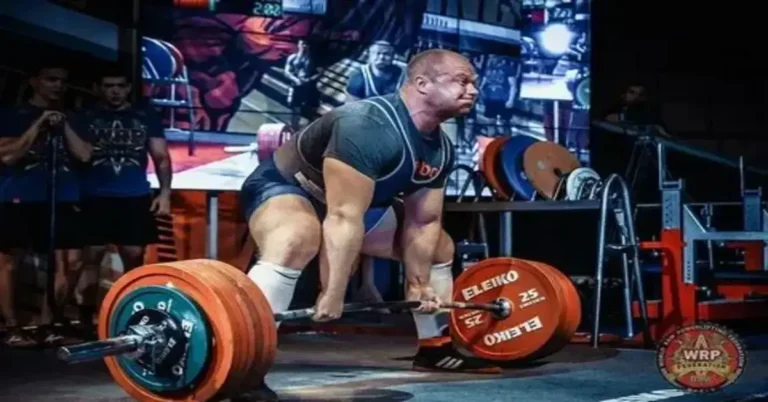Powerlifting is more than just lifting heavy weights—it’s about measuring strength, tracking progress, and comparing performance across different body weights. Whether you’re an experienced lifter or just starting your journey, our Powerlifting Calculator helps you understand where you stand in the competitive world of strength sports.

What Is a Powerlifting Calculator?
A Powerlifting Calculator is a tool designed to assess your strength levels by using various scoring systems such as Wilks, DOTS, IPF GL, and more. These scores allow lifters of different body weights to compare their performance fairly. The calculator helps athletes, coaches, and enthusiasts to determine their strength standards and set realistic goals.
How to Use the Powerlifting Calculator
Using the calculator is simple and provides instant results. Here’s how you can get started:
- Enter Your Name – Personalize your results.
- Select Your Gender – Male or Female (as it affects score calculation).
- Choose Measurement Units – Kilograms (KG) or Pounds (LB).
- Input Your Body Weight – This is necessary for accurate calculations.
- Enter the Weight Lifted – The heaviest weight you lifted in a single attempt.
- Select Event Type – Choose between Classic/Raw (without supportive gear) or Equipped (with supportive gear).
- Choose Competition Category – Full Meet (Squat, Bench Press, Deadlift) or Bench Only.
- Click ‘Calculate Scores’ – Instantly get your performance scores!
- Download Your Results – Save your scores as a PDF for easy reference.
Understanding the Powerlifting Scores
Once you calculate your scores, you’ll see different metrics:
- IPF GL (International Powerlifting Federation Goodlift) – A modernized strength rating for fair competition comparison.
- Wilks2 Score – An updated formula used to compare lifters of different body weights.
- DOTS Score – A widely used system in powerlifting competitions to measure relative strength.
- IPF Score – Another key rating for international powerlifting events.
- Old Wilks Score – The original Wilks formula, still used by many powerlifters.
Each of these scores helps you analyze your lifting performance and compare it with other lifters worldwide.
Why Use a Powerlifting Calculator?
✅ Track Your Strength Progress – Monitor improvements over time. ✅ Compare Performance – See how you rank against other lifters. ✅ Set Realistic Goals – Improve your training plan based on your results. ✅ Prepare for Competitions – Know your standing before entering a meet. ✅ Save and Share Your Results – Download your scores as a PDF for easy sharing.
Final Thoughts
The Powerlifting Calculator is an essential tool for anyone serious about strength training. Whether you’re competing or lifting for personal achievement, tracking your scores will help you maximize your potential. Try our calculator today and take your powerlifting journey to the next level!






